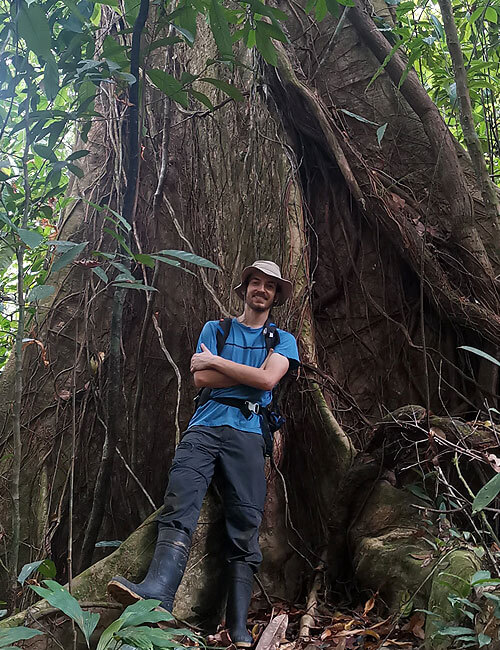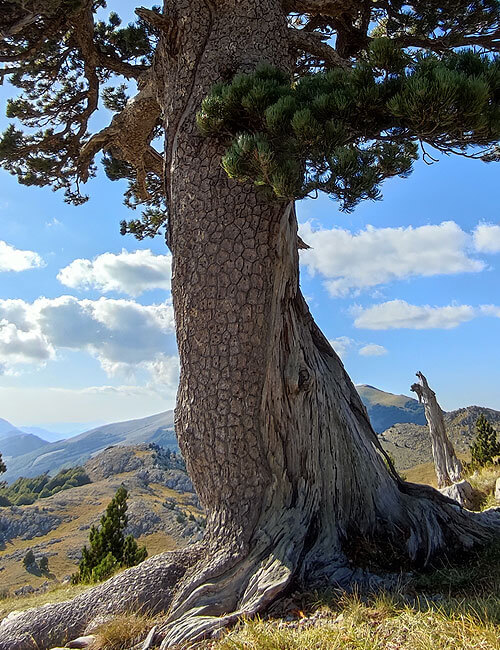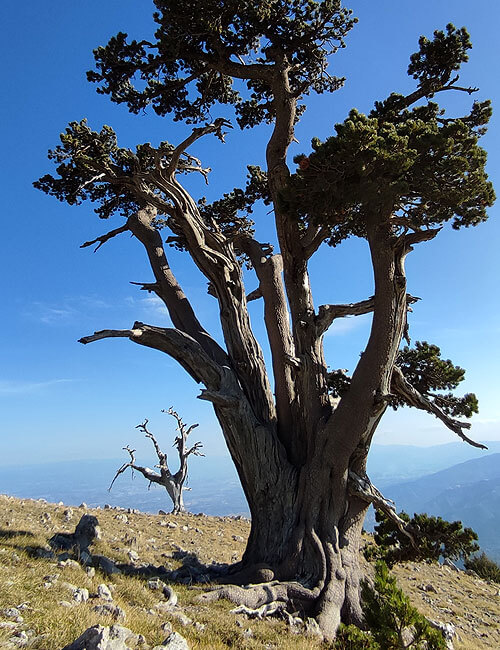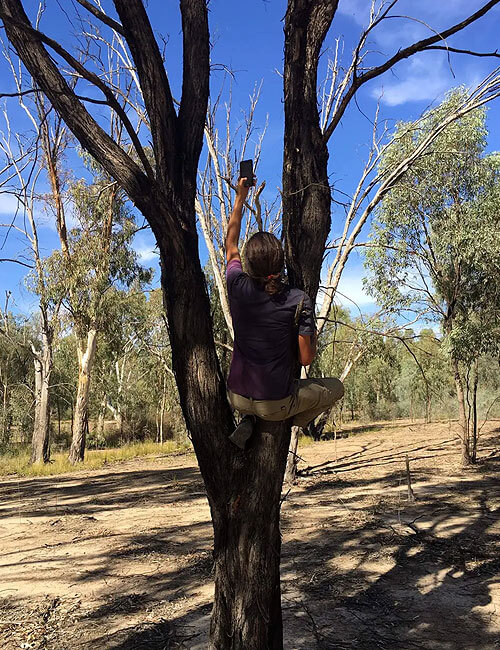Protecting Wilderness Is Protecting Its Inhabitants
Loricate Pines – Q&A with Naturalist, Conservation & Restoration Ecologist and Environmental Trekking Guide Federico Biguzzi
Behind every wilderness area hides many interdependent species that are part of a vast variety of ecosystems. Each of these species contributes important and vital elements to their landscape. Protecting wilderness is about protecting each of these species.

Welcome to our series: Protecting wilderness is protecting its inhabitants. We’re taking you on an exploration of the different species that hide within wilderness areas and that are crucial to the health of Earth’s natural world.
For our second conversation in this series, we asked Federico Biguzzi, Naturalist, Conservation & Restoration Ecologist and Environmental Trekking Guide to tell us about a living species that is close to his heart, whose story allows us to dream and inspires us to act to protect nature.
Why did you choose to talk about the Loricate pine?

Of the many examples offered by nature’s incredibly infinite inventory of biodiversity, I have chosen this particular tree species for its incredible natural and cultural history, which together make it a symbol of the positive policy of nature conservation through the centuries, a legacy well maintained despite the passage of time. My passion for the loricate pine, also known as the ‘Heldreich pine’, is therefore rooted in the majesty of its essence and history, so well embedded in its local environment that our ancestors believed it belonged more to the sky than to the earth.
Can you share with us its story and what makes it special?
The loricate pine should not exist today. It is one of the few examples of so-called ‘living fossils’, i.e. species that have ancestors very similar in appearance to their descendants. It would be as if we modern humans had the same fur as our ape cousins, for example. Evolution rewards winning strategies, regardless of how they are perpetuated.
The loricate pine takes its name from its distinctive bark, reminiscent of the Roman ‘lorica’, the armour that covered soldiers. It can grow up to 35 metres and is a rare tree, as it is only found in small fragments in the high mountains of the Balkans, its place of origin, and in even smaller areas of southern Italy, where it arrived 100,000 years ago, when the last ice age created a link between the two sides of the Adriatic Sea. The wind and birds carried its seeds along this ephemeral tongue of land, which then disappeared submerged by the rising sea, isolating the two populations forever.
There are only 2,000 specimens on the Italian side, but many of them are more than 1000 years old and one in particular is considered the oldest and most resistant tree in Europe, having survived for more than 1230 years in a harsh environment characterised by torrid Mediterranean summers, lashing Balkan winds and suffocating metres of winter snow.
Is it important for the well-being of the entire ecosystem and the biodiversity that depends on it?

This species provides many ecological services to its environment, but every component of an ecosystem is important to its overall balance, be it an invisible underground mycelium or a monumental tree. This is the true value and strength of nature, its often incomprehensible essence of a vast and mysterious web of life and minerals. In recent centuries, we have only managed to grasp a small part of this network of interdependence, so we must continue to delve into this complicated subject in order to understand it properly and protect it accordingly.
Our survival as a species does not depend on this tree, just as it does not strictly depend on most life on the planet. Does this mean that we can stop worrying about 99% of biodiversity? Certainly not. We must think of ourselves as temporary custodians of this extraordinary beauty and mystery, working hard to allow the next human beings to witness what we have been able to see, touch, smell, taste, hear and enjoy. I believe we owe it to the next generations.
Why is it essential to protect trees in order to protect wilderness?
 Trees act as a metaphorical umbrella for a myriad of other living beings. Referring once again to the intricate web that is life, protecting a population of trees, even if not so numerous as to constitute a forest, means protecting a good deal of life that depends on them, e.i. saprophytic fungi that decompose dying parts, birds that use cavities as nests, arthropods that seek refuge in them, mammals that move from branch to branch to avoid predators lurking at ground level, and so on.
Trees act as a metaphorical umbrella for a myriad of other living beings. Referring once again to the intricate web that is life, protecting a population of trees, even if not so numerous as to constitute a forest, means protecting a good deal of life that depends on them, e.i. saprophytic fungi that decompose dying parts, birds that use cavities as nests, arthropods that seek refuge in them, mammals that move from branch to branch to avoid predators lurking at ground level, and so on.
How to protect them? And how to protect the Pino loricato?
The best way to protect the loricate pine, and tree populations in general, is to really get to know them. Knowledge of the individual natural elements is the first step towards awareness of the larger network that connects them. My advice is therefore to maintain that curiosity that moved us so much as children, and to keep it over time. Only in this way can we influence public policy and make a difference in the implementation of new laws for the enhancement, conservation and restoration of natural capital.
Learn more about Federico: I have a small page on Instagram, where I spread natural histories about the biodiversity I have encountered and photographed during my travels around the world.
Did you enjoy this second conversation of the series? Let us know in the comments if there are any particular subject matters you would like us to discuss.
0 Comments